Physics Wave Worksheet
Are you struggling with understanding the concepts of physics waves? Look no further, because we have created a comprehensive worksheet that will help you delve into the intricate details of this subject. Whether you are a high school student preparing for an exam or a college student seeking a deeper understanding of these important principles, our physics wave worksheet is designed to enhance your knowledge and sharpen your problem-solving skills.
Table of Images 👆
- Sound Waves Worksheet
- Physics Work Energy and Power Worksheet
- Waves WebQuest Worksheet Answers
- Waves Worksheet Physics Answers
- Acceleration Calculations Worksheet Answers
- Alpha Decay Equation Worksheet
- Conceptual Physics Worksheet Chapter 2 Linear Motion
- Electromagnetic Spectrum Worksheet Answers
- Calculating Speed Distance Time Worksheet
- 4th Grade Science Sound Worksheets
What is a wave?
A wave is a disturbance that travels through a medium, transferring energy from one place to another without permanently displacing the medium itself. Waves can take various forms, such as mechanical waves like sound waves and water waves, or electromagnetic waves like light waves and radio waves. They exhibit characteristics such as amplitude, frequency, and wavelength, depending on the nature of the wave and the medium through which it travels.
What is the difference between a mechanical wave and an electromagnetic wave?
The main difference between a mechanical wave and an electromagnetic wave is the way they propagate. Mechanical waves require a medium, such as air or water, to travel through, while electromagnetic waves can travel through a vacuum. Mechanical waves transfer energy through vibrations or disturbances in the medium, while electromagnetic waves consist of oscillating magnetic and electric fields that do not require a medium for propagation.
How is the wavelength of a wave defined?
The wavelength of a wave is defined as the distance between two successive points in the wave that are in phase, meaning they have the same position in their respective cycles. It is commonly measured from the crest of one wave to the crest of the next wave, or from trough to trough, and is usually denoted by the symbol ? (lambda). The wavelength determines the characteristics of a wave, such as its frequency and energy.
What is the relationship between frequency and wavelength?
The relationship between frequency and wavelength is inversely proportional, meaning that as frequency increases, wavelength decreases, and vice versa. This is described by the equation: wavelength = speed of light / frequency. In other words, the shorter the wavelength, the higher the frequency, and the longer the wavelength, the lower the frequency.
What is the amplitude of a wave?
The amplitude of a wave is the maximum displacement or distance from the equilibrium position to the crest (or trough) of the wave. It represents the intensity or strength of the wave and is measured in units such as meters or volts, depending on the type of wave being studied.
How do waves transfer energy?
Waves transfer energy by oscillating back and forth as they travel through a medium. As the waves move, they cause the particles in the medium to also move and vibrate. This transfer of energy from one particle to the next continues along the wave until it reaches its destination. The more intense the waves, the greater the energy transferred.
What is a transverse wave and give an example?
A transverse wave is a type of wave where the particles of the medium move perpendicular to the direction of the wave. An example of a transverse wave is a light wave, where the electromagnetic wave oscillates perpendicular to its direction of propagation, creating the visible spectrum of colors that we see.
What is a longitudinal wave and give an example?
A longitudinal wave is a type of wave in which the particles of the medium move back and forth in the same direction as the wave travels. An example of a longitudinal wave is sound waves, where the air particles vibrate parallel to the direction of the sound wave propagation.
What is the wave speed and how is it calculated?
Wave speed is the speed at which a wave travels through a medium. It is typically calculated by dividing the distance the wave travels by the time it takes to travel that distance. The formula for calculating wave speed is: wave speed = distance / time.
How does the behavior of waves change when they encounter a boundary or obstacle?
When waves encounter a boundary or obstacle, they can undergo various behaviors such as reflection, refraction, diffraction, absorption, or transmission. Reflection occurs when waves bounce off the boundary or obstacle in a different direction. Refraction involves the bending of waves as they pass through a different medium. Diffraction occurs when waves bend around obstacles or edges. Absorption is when the energy of the waves is transferred to the boundary or obstacle, causing a decrease in wave intensity. Transmission happens when waves pass through the boundary or obstacle with minimal change. These changes in behavior depend on the properties of the wave and the boundary or obstacle it encounters.
Have something to share?
Who is Worksheeto?
At Worksheeto, we are committed to delivering an extensive and varied portfolio of superior quality worksheets, designed to address the educational demands of students, educators, and parents.

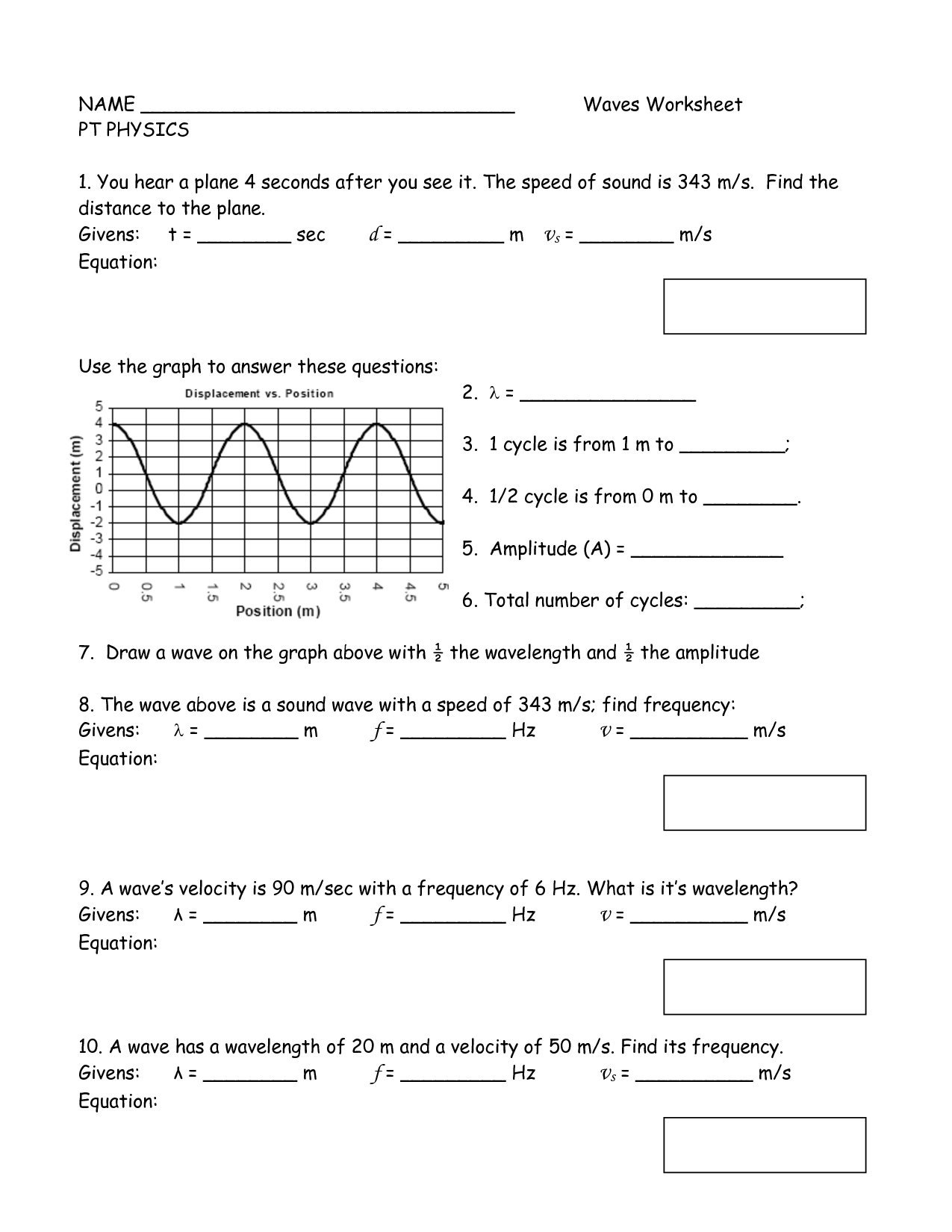



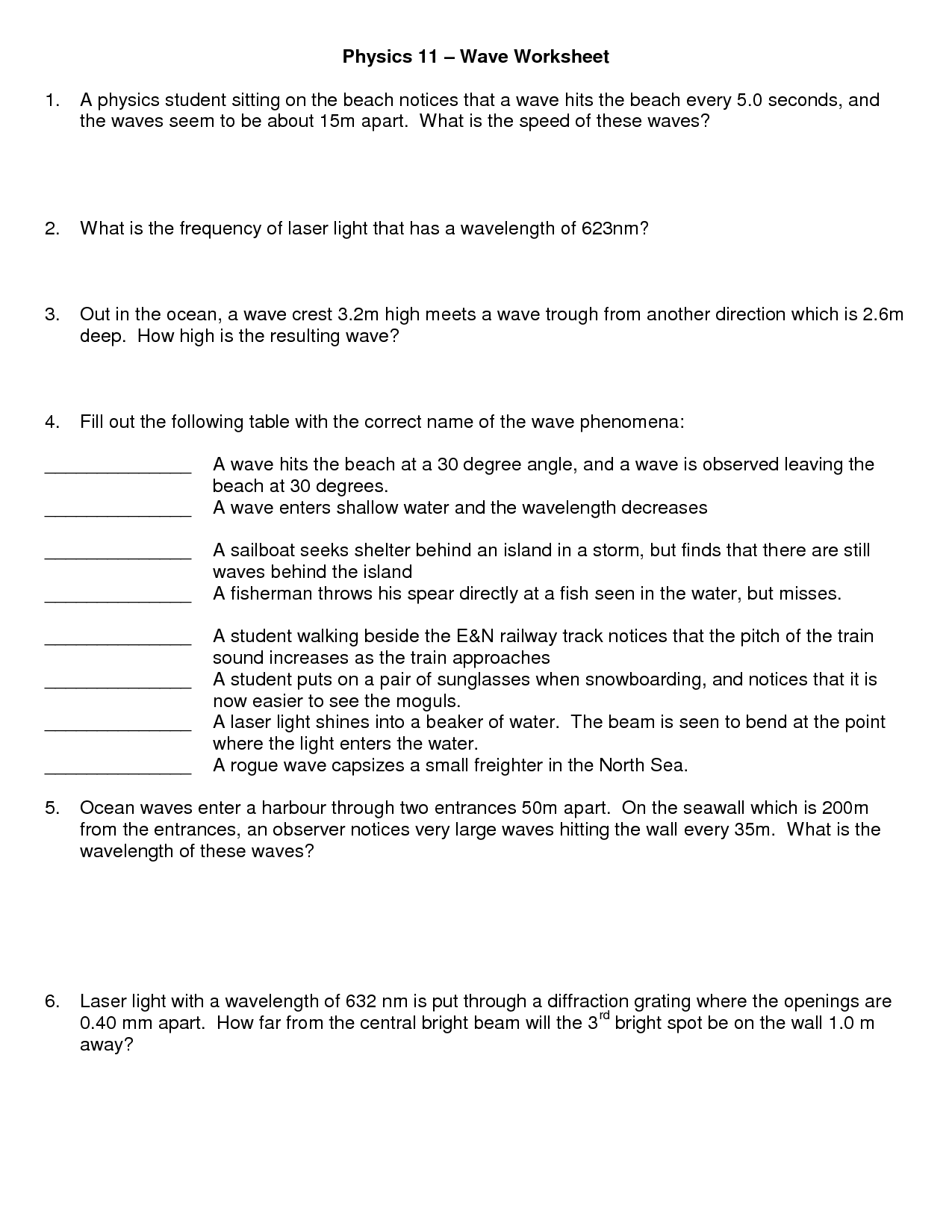
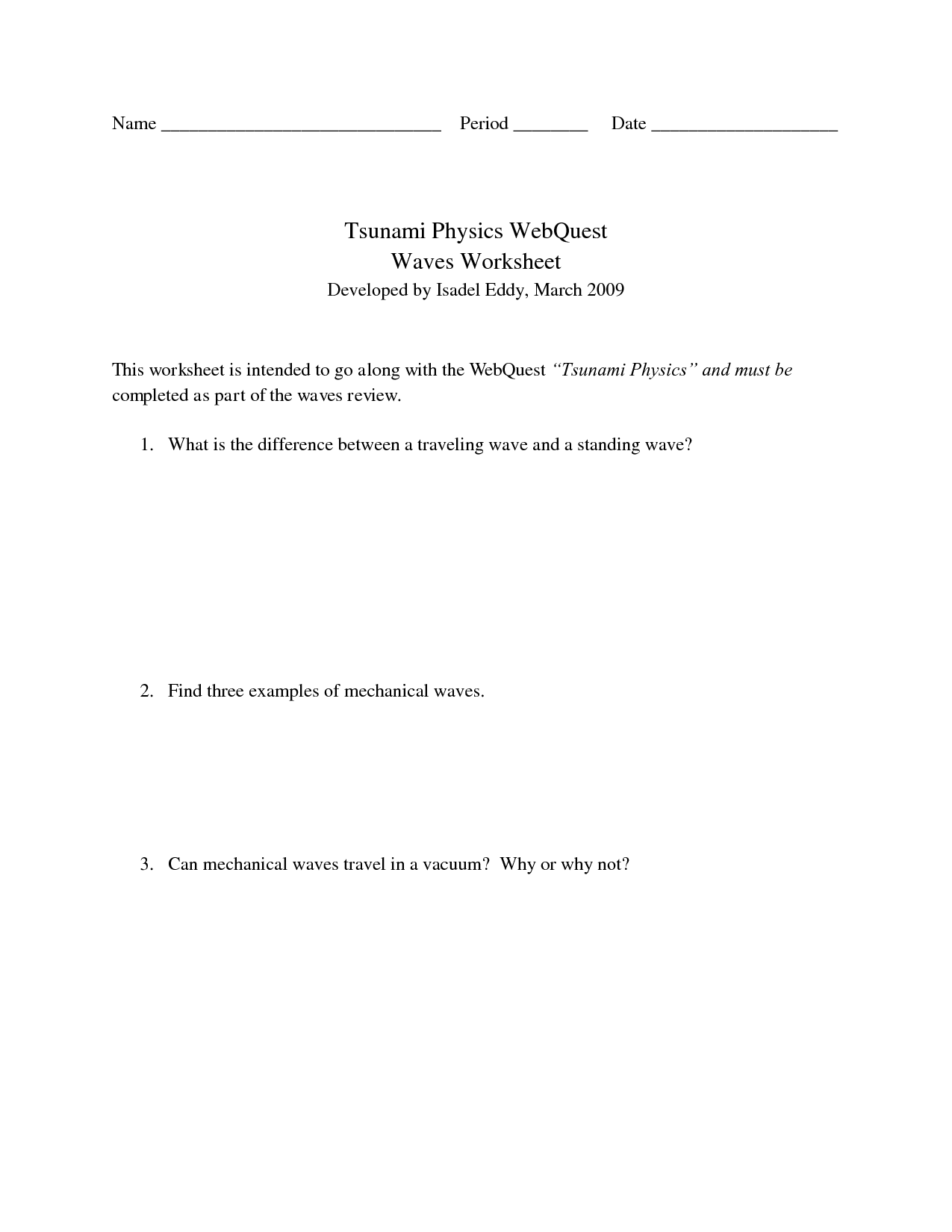
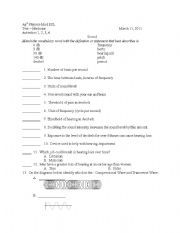


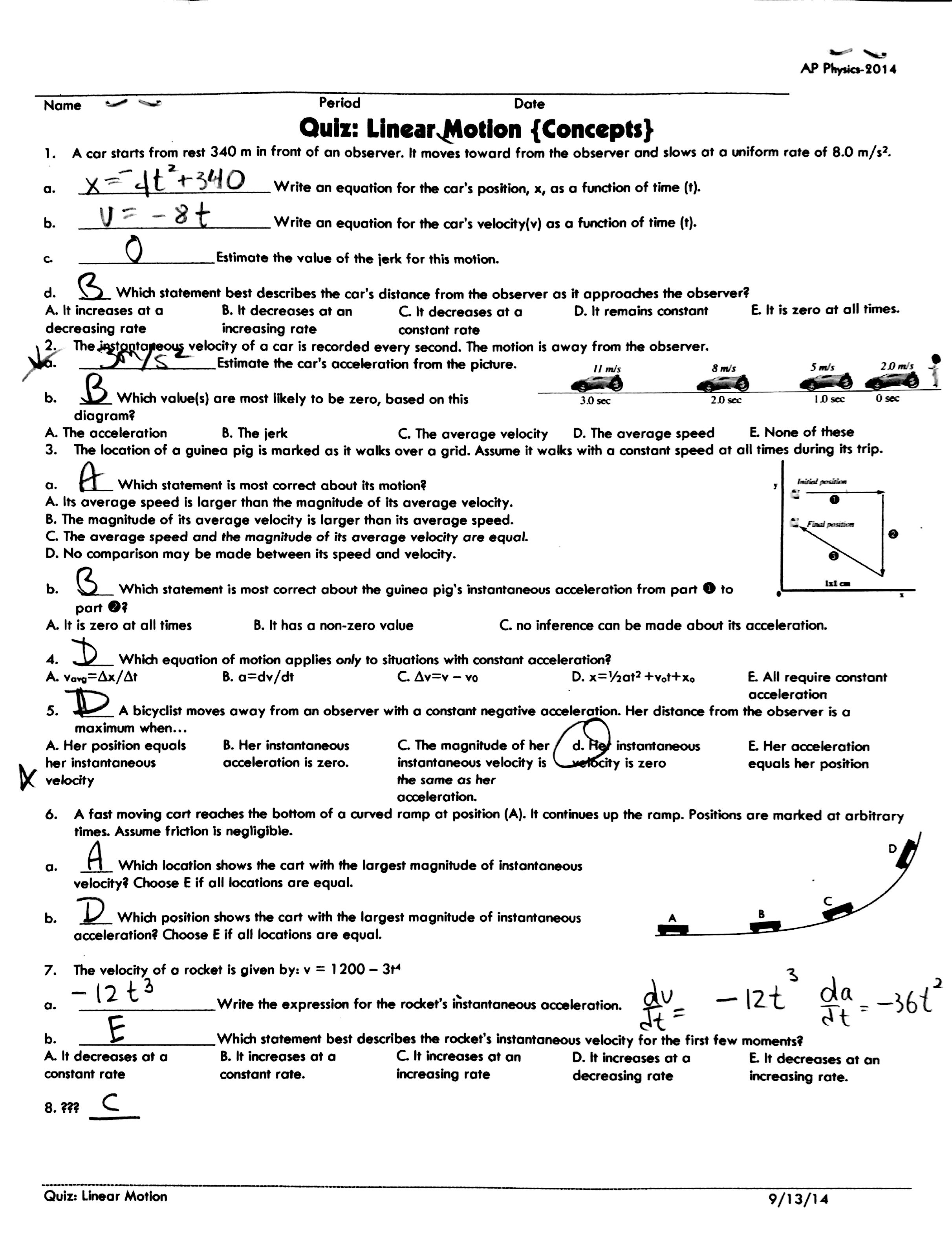
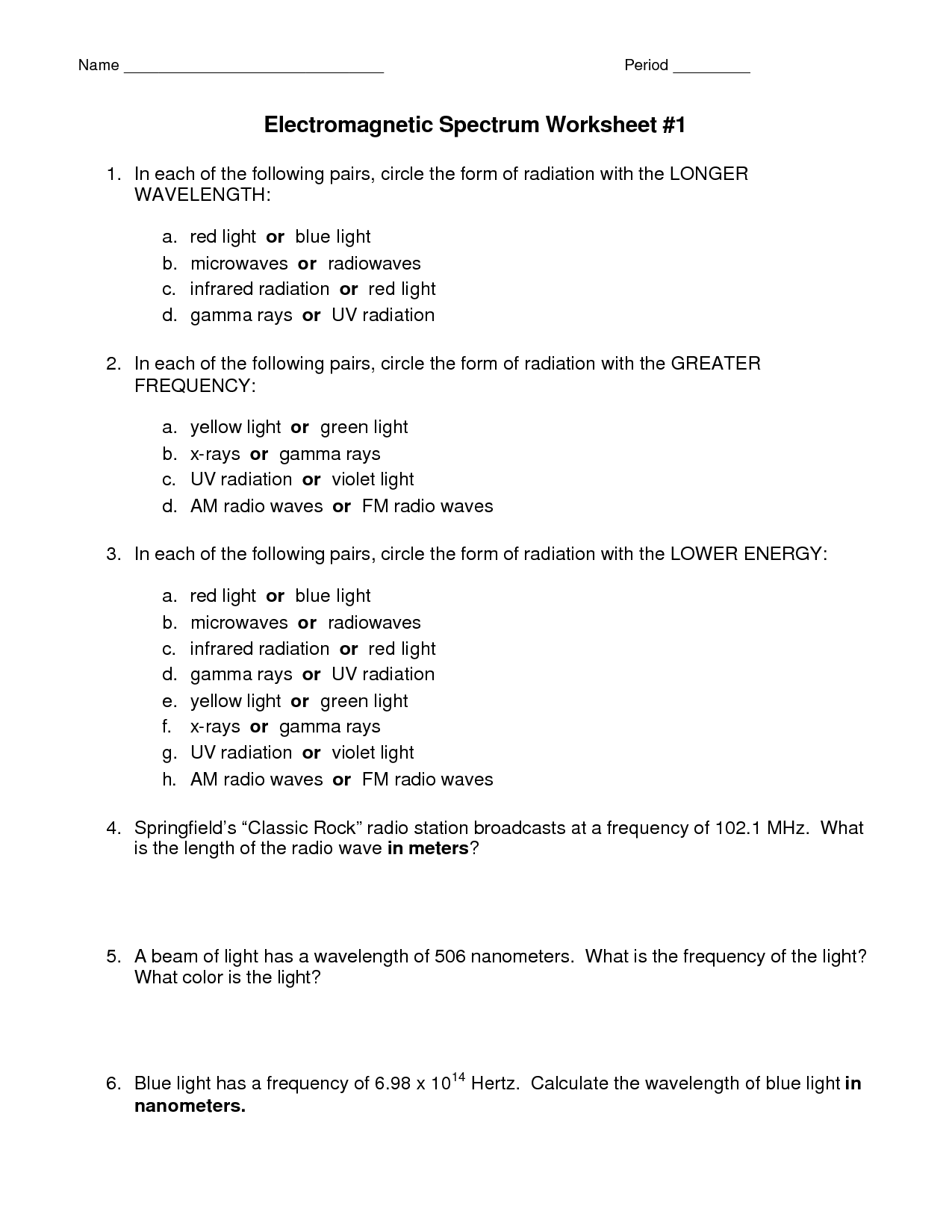
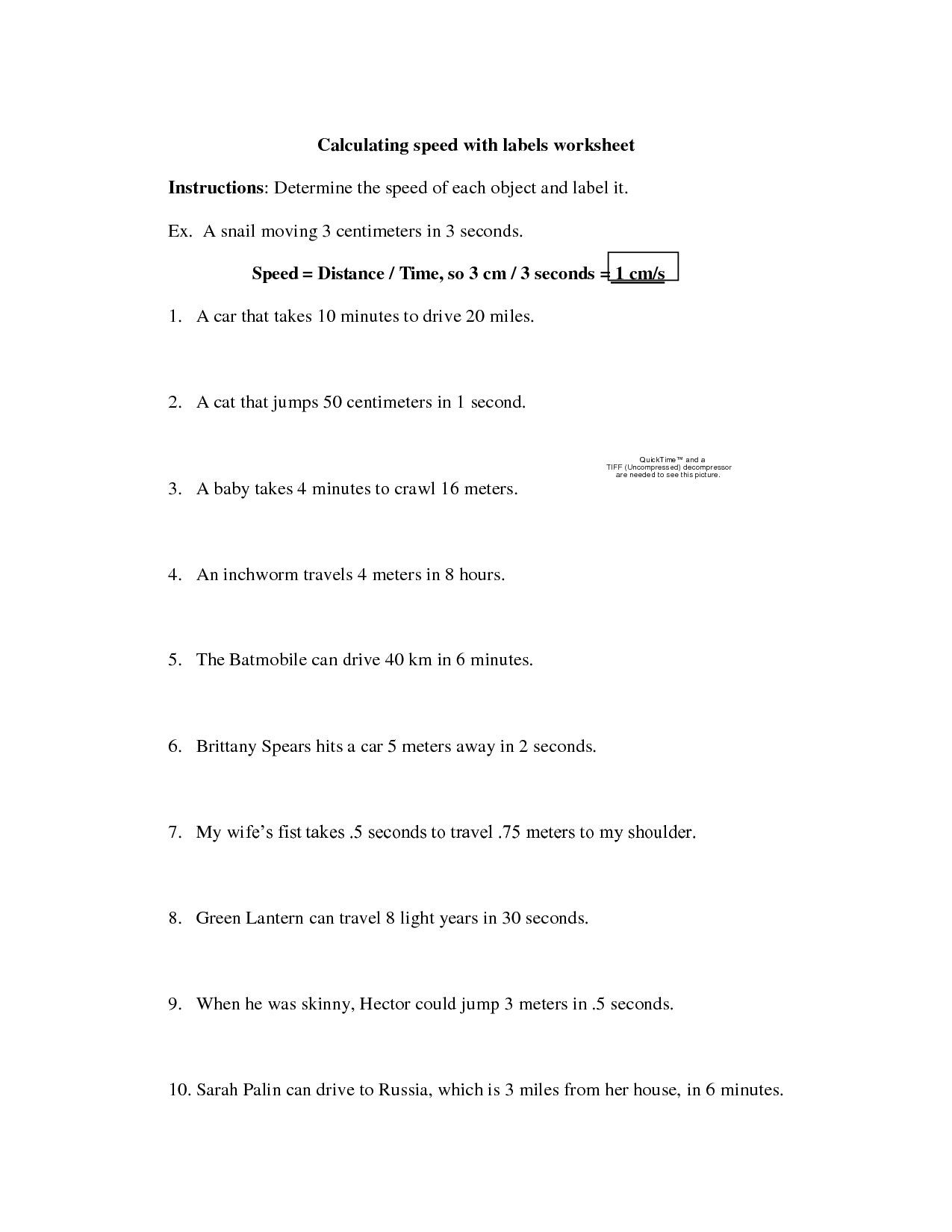
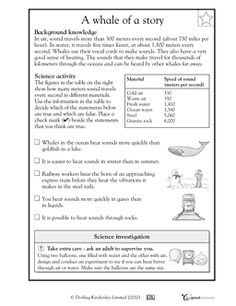








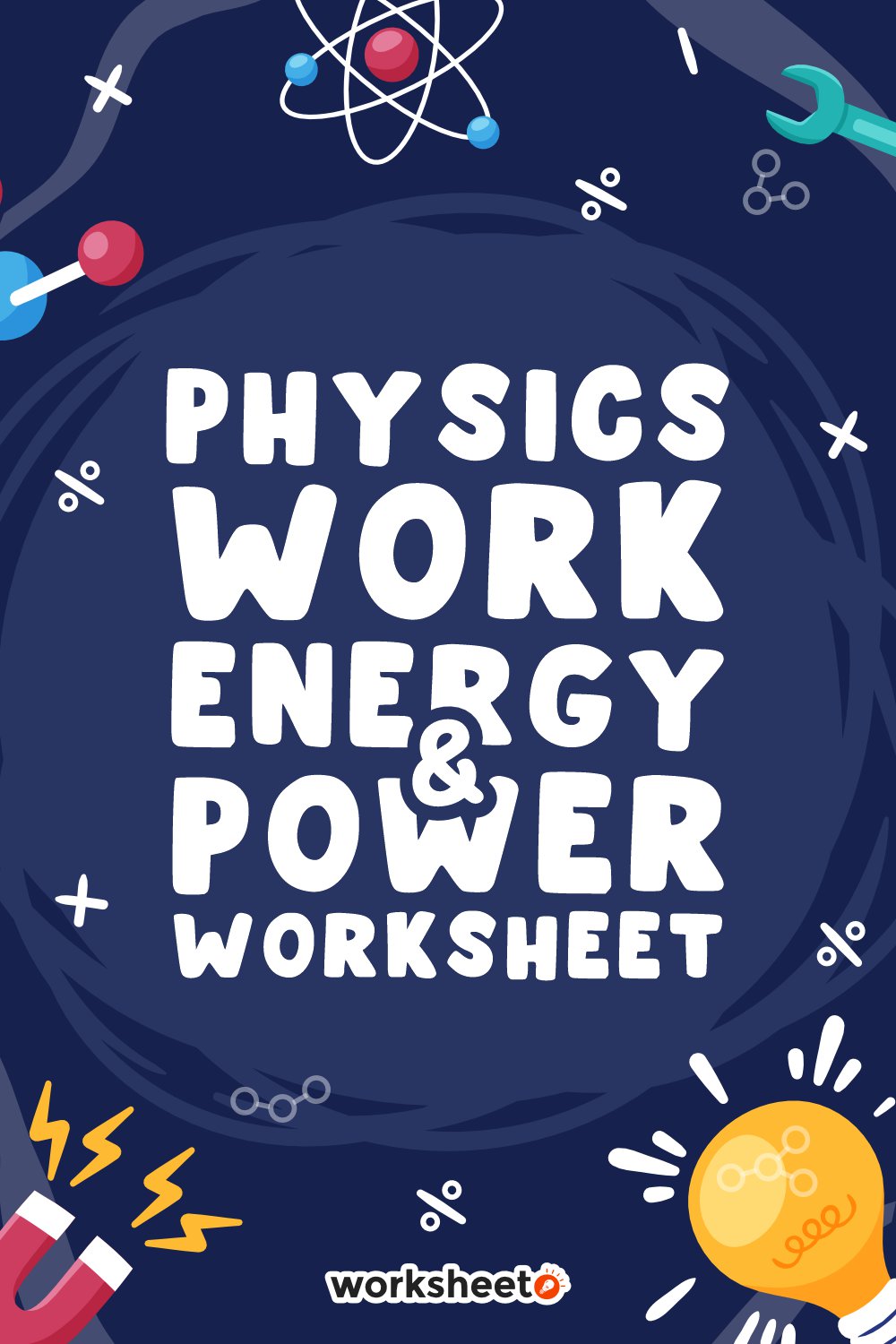
Comments